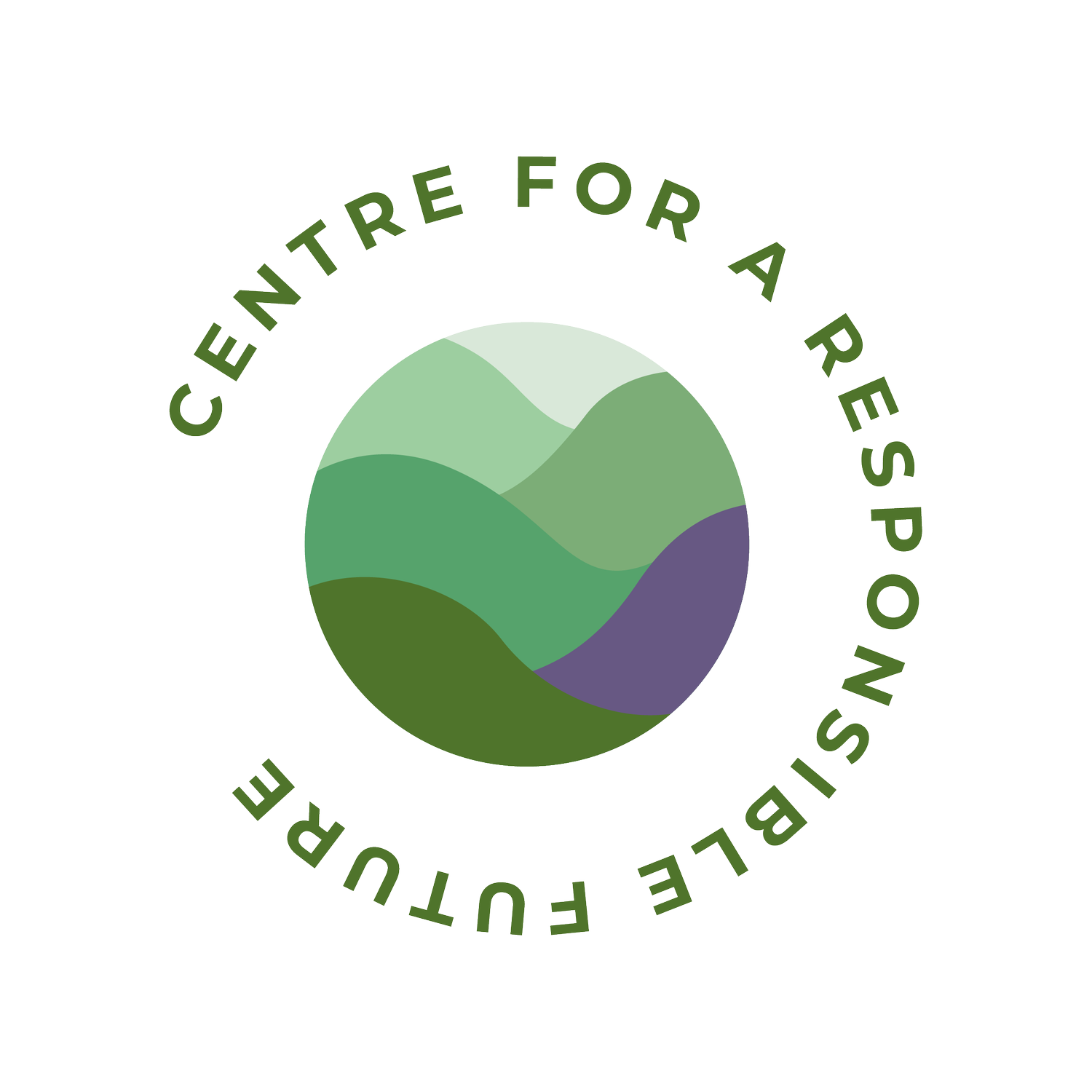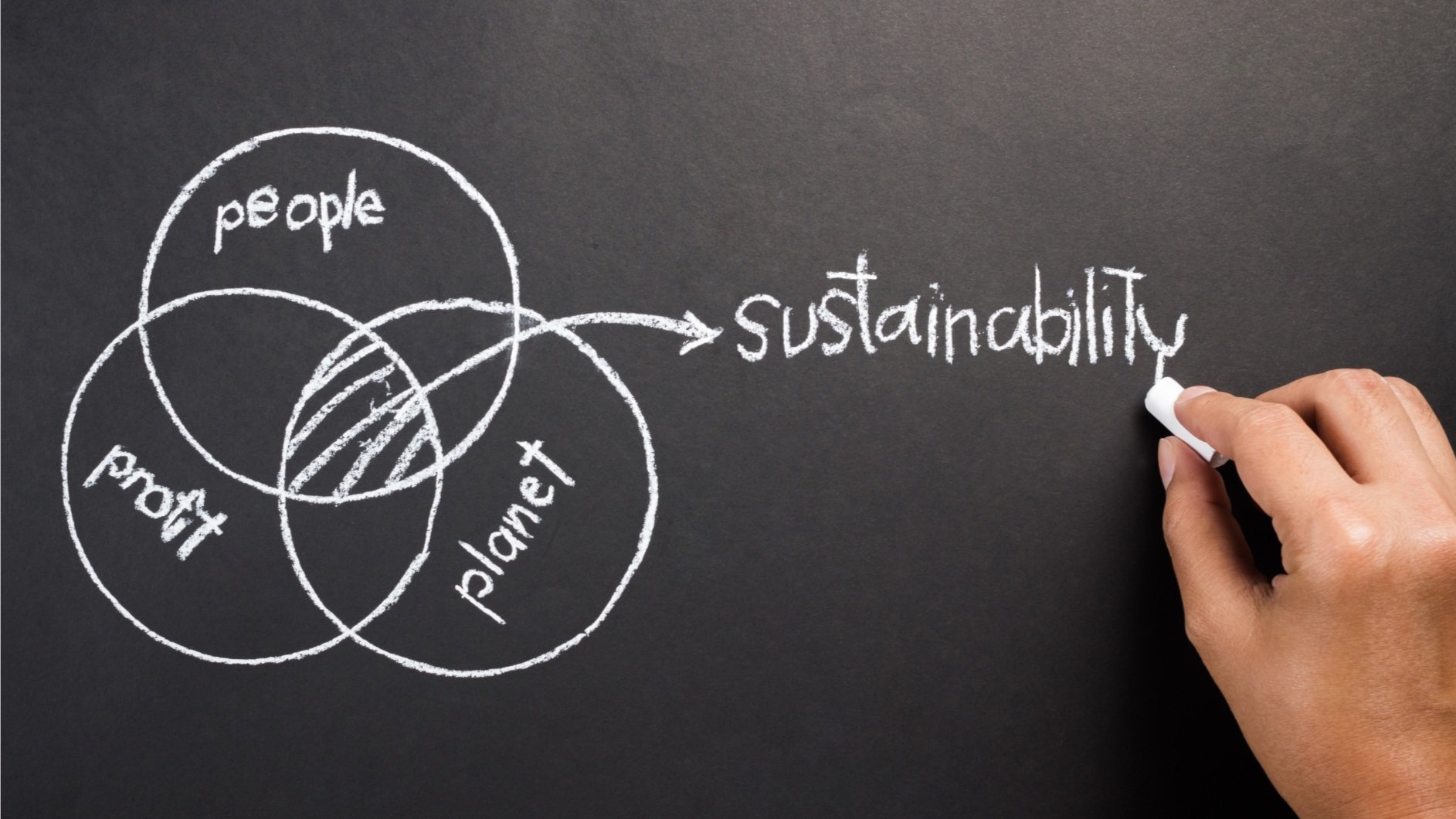New Ways to be Climate Friendly at Restaurants
Food production causes nearly a quarter of greenhouse gas (GHG) emissions, so being careful about what we eat can mitigate climate change.
While making climate-friendly meal choices at home has long been easier than when eating in restaurants, consumers and restaurants now both have innovative opportunities to make dining out far more climate friendly.
Restaurants can bring in New Customers
While restaurants have often developed their menus without considering climate change, demands by consumers who want to be more eco-friendly are causing many to develop sustainable practices. There is plenty that restaurants can do to be more sustainable.
Restaurants globally with a Michelin Green Star have already started these changes and more. Nolla in Finland relies on local ingredients to minimise the distance that food travels, according to Global Citizen, and ensures that leftover food is turned into compost. In Berlin, Die Vetzgerei offers seitan-, tofu- and vegetable-based sausages as well as tasty organic ingredients. And in Paris, La Table de Colette works toward achieving zero waste by selecting foods that are in season, using a climate calculator to choose ingredients with less emissions, using renewable energy and offsetting carbon emissions by planting trees.
Even food
delivery firms
and fast-food
restaurants
are changing.
In Singapore, for instance, meal delivery company Foodpanda evaluates restaurants based on their sustainability practices, using audit standards from Zero Waste SG, and gives them a Green Label if they meet the criteria. It also promotes restaurants that use local ingredients, have sustainable packaging and reduce food waste. In China, McDonald’s has opened its first carbon-zero restaurant in Beijing and plans to have about 1,800 more green restaurants by the end of 2022.
It turns out that restaurants can also leverage innovative techniques to help their customers become more sustainable. More than 80 percent of respondents in a global survey by consulting giant BCG earlier this year said they want to be more green, for instance, and a survey by the National Restaurant Association in the US found that about half of consumers said a restaurant’s efforts to reduce food waste and recycle or donate food can be factors in choosing where they dine.
For many restaurants, changing the menu to emphasise green practices can shift diners’ behaviours and may bring in more customers. A study by the World Resources Institute, for example, found that guests who read a menu with a sustainability message were more likely to select lower-carbon vegetarian meals than diners who saw menus that did not show carbon labels or eco-friendly entrées. Researchers at Julius-Maximilians-Universität Würzburg in Germany similarly found that placing carbon labels on the menu and making dishes with lower GHG emissions the default choice resulted in more customers ordering sustainable foods.
Some restaurants also use a “Traffic Light Index” on their menus, where green indicates a product is sustainable and red items are unsustainable.
Researchers at the University of Bristol found that more people selected vegetarian items and fewer selected beef burritos when traffic lights were placed on the menu.
Consumers can Align Meals with Meaning
On the other side of the table, a big challenge for climate-conscious consumers is figuring out whether the restaurant where they want to dine is climate-friendly. By doing just a few checks, though, consumers can be more eco-friendly.
One of the best ways to reduce your impact is to choose a vegetarian or vegan restaurant. Shifting to plant-based foods can reduce GHG emissions by 50 percent or more, according to multiple studies, as long as the restaurant uses sustainable practices such as local sourcing.
People who do not shift to plant-based restaurants, however, need to look for other solutions. In some locations, they can look for certification marks such Breeam, the Green Restaurant Guide’s Sustainability Award, the Rainforest Alliance Certified Sustainability Programme or the Michelin Green Star award.
At restaurants without certification, consumers can check for other indicators that the restaurant is green. They can look for smaller number of menu items, the Guardian explained, since larger menus lead to more food waste. Tablecloths are an often-overlooked contributor to a restaurant’s carbon footprint, so choosing a restaurant without tablecloths can reduce emissions. Consumers can also ask whether the restaurant recycles or composts leftover food. Diners may need to check carefully, though, as the Guardian said venues making positive moves on sustainability can be coy about flagging their green credentials, for fear of boring people. Looking at dishes on a restaurant’s website can yield useful insights that are easily missed on social media.
When they get to a restaurant, diners can ask for organic produce, choose smaller portions so they don’t eat too much and use common sense practices such as not choosing vegetables that are not in season. Avoiding a buffet, which generates huge food waste, and splitting a main course with your dining companion when portions are large, are among the numerous other practices that can reduce emissions.
Small Menu Changes have a Big Impact
While the changes may seem small, the collective impact can be big. As more restaurants shift to more climate-friendly menus and customers become more discerning, diners can enjoy their meal and change the world.
By Richard Hartung
Richard is currently the Treasurer of Centre for a Responsible Future. He has more than 20 years of experience in consumer financial services and is also a freelance writer for newspapers, magazines and corporates, with a deep interest in sustainability and plant-based diets.






